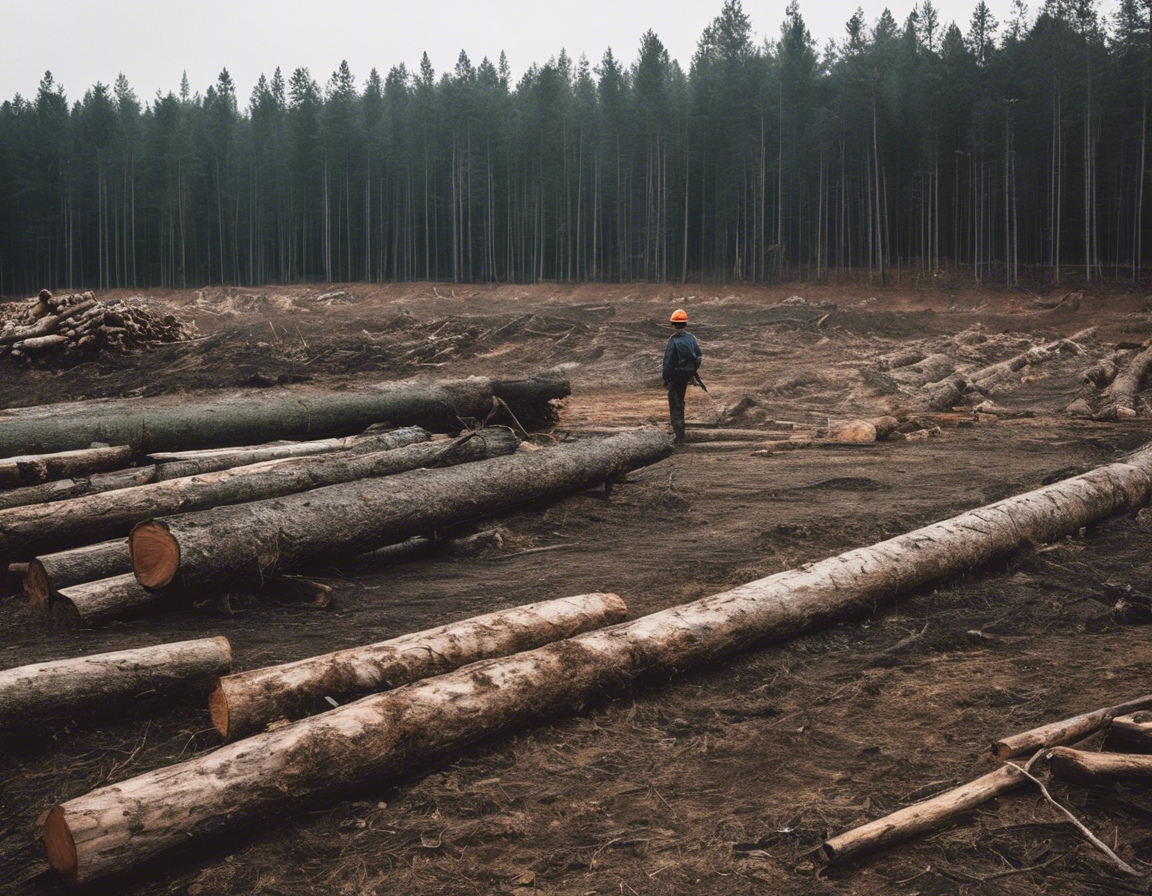The homeowner's guide to selling cutting rights
Cutting rights refer to the legal authority granted to an individual or company to harvest timber from a landowner's property. This agreement can be structured in various ways, including lump-sum sales, pay-as-you-cut contracts, or long-term leases.
Selling cutting rights can provide a significant source of income for homeowners with forested land. It allows for the monetization of timber resources without the need to sell the underlying land. Additionally, it can help in managing forest health and reducing the risk of wildfires.
Before selling cutting rights, it's crucial to understand the legal implications. This includes zoning laws, timber harvesting regulations, and ensuring clear title to the timber. Homeowners should consult with legal experts to draft a contract that protects their interests and complies with local laws.
Preparing to Sell Cutting Rights
Understanding the extent and quality of timber on your property is essential. Conducting a thorough inventory and forest management plan can provide valuable information for potential buyers.
The value of timber depends on species, size, quality, and market demand. Engaging a professional forester can help in accurately pricing the timber and ensuring a fair deal.
An environmental impact assessment can help in identifying potential ecological effects of logging activities and in developing strategies to mitigate them, ensuring sustainable forest management.
Marketing Your Cutting Rights
Developing a comprehensive sales plan is critical for reaching potential buyers. This includes marketing materials, advertising strategies, and understanding the timber market.
Identifying buyers who are committed to sustainable practices is important. This can include timber industry businesses, conservation organizations, or private contractors.
Negotiations should focus on price, harvesting methods, duration of the agreement, and any conditions related to forest conservation. A well-negotiated contract ensures that both parties' interests are met.
Best Practices for Sustainable Management
Employing sustainable harvesting techniques, such as selective cutting and shelterwood cutting, can maintain the ecological balance and enhance the long-term productivity of the forest.
After logging activities, reforestation is crucial to restore the forest. Homeowners should plan for aftercare practices to ensure the health and growth of new trees.
Collaborating with environmental agencies can provide guidance on best practices and ensure compliance with environmental regulations, contributing to the sustainability of forest resources.






Comments (0)